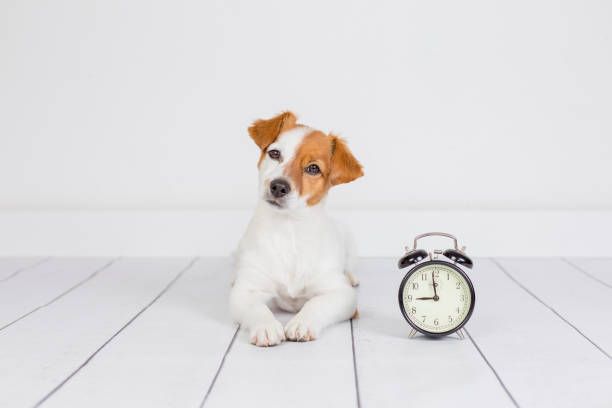Dogs pant to regulate their body temperature. It's a natural behavior that helps them cool down when they're hot or after exercise. However, excessive panting can be a sign of an underlying health issue or stress. Owners should pay attention to their dog's panting habits to ensure they're healthy and comfortable. So, "Why Does My Dog Pant So Much?" Understanding the reasons behind excessive panting can help owners identify potential health problems or sources of stress and take appropriate action to address them.
Understanding Dog Panting Panting is a normal behavior for dogs, but it's important to know what's normal for your dog. Some dogs may pant more than others, depending on their breed, age, and activity level. It's important to know your dog's normal panting habits so you can identify any changes.

Common Causes of Excessive Panting Excessive panting can be caused by a variety of factors, including heatstroke, anxiety, pain, and respiratory issues. It's important to identify the cause of your dog's excessive panting to ensure they receive proper treatment. In some cases, excessive panting can be a sign of a serious health issue, so it's important to seek veterinary care if you're concerned.
Key Takeaways
- Pay attention to your dog's normal panting habits to identify any changes.
- Excessive panting can be caused by a variety of factors, including heatstroke, anxiety, pain, and respiratory issues.
- If you're concerned about your dog's panting, seek veterinary care to ensure they receive proper treatment.
Understanding Dog Panting
Normal Panting Behavior
Dogs pant to regulate their body temperature. It is a natural and normal behavior that helps them cool down when they are overheated. Dogs do not have sweat glands like humans, and panting is their way of releasing heat from their bodies.
Panting can also be a sign of excitement or stress in dogs. They may pant when they are nervous, anxious, or excited. However, if your dog is panting excessively and there is no apparent reason for it, it could be a sign of an underlying health issue.

Panting as a Cooling Mechanism
Dogs pant to cool themselves down when they are overheated. When a dog pants, they breathe rapidly, which helps to increase airflow over their tongue and mouth. This helps to evaporate moisture from their tongue and respiratory tract, which cools their body down.
Dogs may also pant when they are exercising or playing, as this increases their body temperature. Panting is their way of regulating their body temperature and avoiding overheating.
It is important to note that certain breeds of dogs are more prone to overheating and panting, such as brachycephalic breeds like Bulldogs and Pugs. These breeds have shorter snouts and airways, which can make it more difficult for them to breathe and regulate their body temperature. Therefore, it is important to monitor these breeds closely in hot weather and avoid overexerting them.
Overall, panting is a normal and natural behavior in dogs. However, excessive panting can be a sign of an underlying health issue and should be monitored closely. If you are concerned about your dog's panting behavior, it is best to consult with a veterinarian.
Common Causes of Excessive Panting
Excessive panting in dogs can be caused by a variety of factors. Some of the most common causes of excessive panting include heatstroke or overexertion, exercise and excitement, and stress and anxiety.
Heatstroke or Overheating
Dogs pant to regulate their body temperature. When the weather is hot or humid, dogs may pant excessively to cool themselves down. However, if a dog is unable to cool down, they may suffer from heatstroke or overheating. This can be a life-threatening condition that requires immediate medical attention.
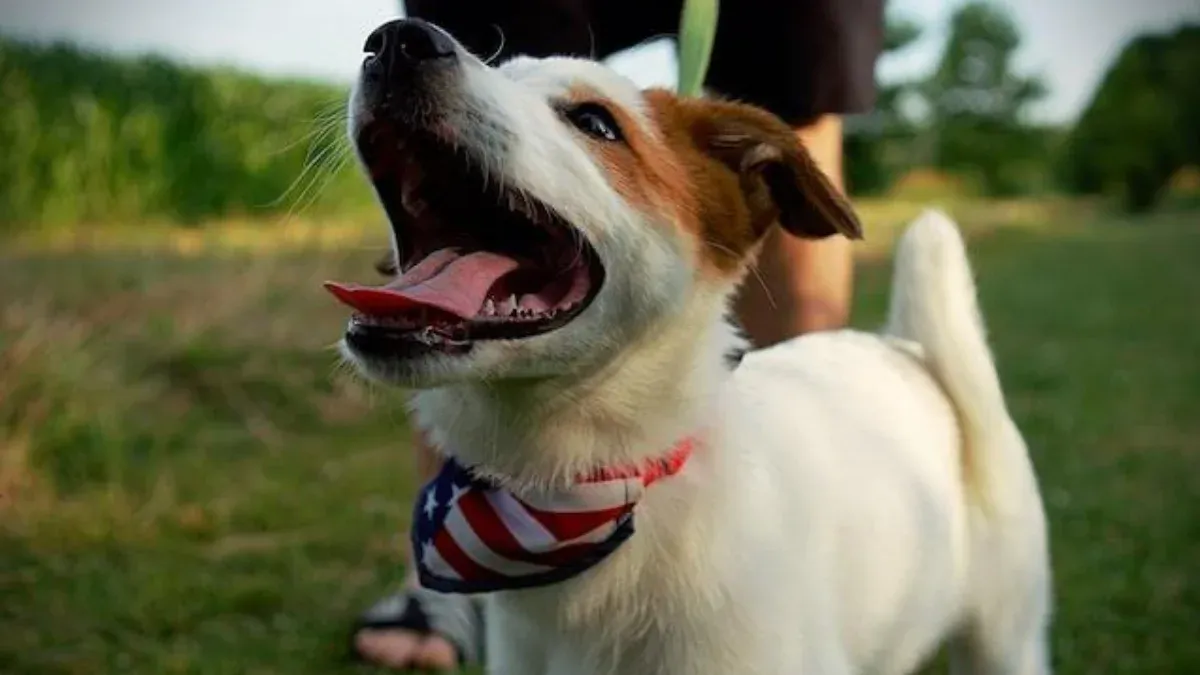
To prevent heatstroke, it is important to ensure that your dog has access to plenty of water and shade when outside in hot weather. Avoid exercising your dog during the hottest part of the day, and never leave your dog in a parked car, even for a few minutes.
Exercise and Excitement
Dogs may also pant excessively after exercise or when they are excited. This is a normal response and usually nothing to worry about. However, if your dog is panting excessively and seems to be having trouble catching their breath, they may be experiencing respiratory distress and should be seen by a veterinarian.
Stress and Anxiety
Stress and anxiety can also cause a dog to pant excessively. This can be due to a variety of factors, such as loud noises, separation anxiety, or fear. If your dog is panting excessively and seems anxious or stressed, it is important to identify the cause of their anxiety and take steps to address it.
Some ways to reduce stress and anxiety in dogs include providing a safe and comfortable environment, using calming supplements or medications, and training and socialization. It is also important to consult with a veterinarian or animal behaviorist for guidance and support.
Health-Related Concerns
Respiratory Disorders
Excessive panting in dogs can be a symptom of respiratory disorders, such as asthma, pneumonia, or chronic obstructive pulmonary disease (COPD). These conditions can cause difficulty breathing, which leads to panting as a way to get more oxygen into the body. If your dog is panting excessively and also shows signs of difficulty breathing, such as wheezing or coughing, it is important to take them to the veterinarian for a proper diagnosis and treatment.
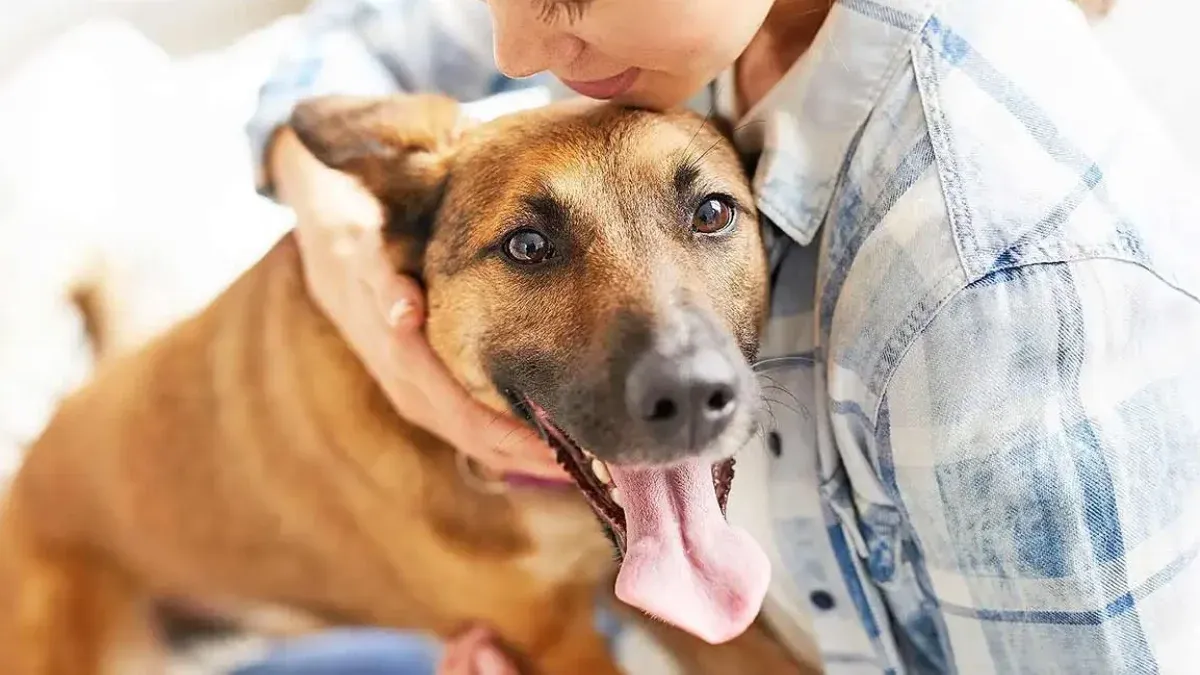
Heart Disease
Heart disease can also cause excessive panting in dogs. When the heart is not functioning properly, it can lead to a buildup of fluid in the lungs, which makes it difficult for the dog to breathe. This can result in panting as a way to compensate for the lack of oxygen. Other symptoms of heart disease in dogs include lethargy, coughing, and a decreased appetite. If you suspect that your dog may have heart disease, it is important to seek veterinary care immediately.
Pain and Discomfort
Dogs may also pant excessively when they are experiencing pain or discomfort. This can be caused by a variety of conditions, such as arthritis, dental problems, or injury. Panting may be accompanied by other signs of pain, such as limping, whining, or reluctance to move. If you suspect that your dog is in pain, it is important to take them to the veterinarian for a proper diagnosis and treatment.
It is important to note that excessive panting can also be a sign of heat stroke, which is a medical emergency. If your dog is panting excessively and also shows signs of weakness, vomiting, or diarrhea, it is important to seek veterinary care immediately.
Breed-Specific Panting Tendencies
Dogs of different breeds may have varying panting tendencies. Understanding these tendencies can help pet owners better interpret their dog's behavior and ensure they are providing appropriate care. Here are a few breed-specific panting tendencies to keep in mind:
Brachycephalic Breeds
Brachycephalic breeds, or dogs with short snouts, are prone to panting due to their unique anatomy. These breeds have shorter airways, which can make it more difficult for them to breathe and regulate their body temperature. As a result, they may pant more frequently than other breeds.
Some common brachycephalic breeds include:
- Pugs
- Bulldogs
- Boxers
- Shih Tzus
If you have a brachycephalic breed, it's important to monitor them closely during exercise or hot weather. They may be more prone to heat stroke or other respiratory issues.
Age-Related Panting
As dogs age, they may pant more frequently due to a variety of factors. Older dogs may have more difficulty regulating their body temperature, which can lead to increased panting. Additionally, they may be more prone to anxiety or other health issues that can cause panting.
If your dog is panting more frequently as they age, it's important to talk to your veterinarian. They can help determine if any underlying health issues need to be addressed. Additionally, they may be able to recommend ways to help keep your senior dog comfortable and healthy.
Overall, understanding breed-specific panting tendencies can help pet owners better care for their furry friends. By monitoring your dog's panting behavior and seeking veterinary care when necessary, you can help ensure they live a happy and healthy life.

Identifying Abnormal Panting
Panting is a normal physiological response in dogs, but excessive or abnormal panting can be a sign of an underlying health problem. In this section, we will discuss how to identify abnormal panting in dogs and when to consult a veterinarian.
Signs of Abnormal Panting
It is important to observe your dog's panting behavior to determine if it is abnormal. Here are some signs to look out for:
- Rapid, shallow breathing
- Panting when at rest or in cool environments
- Panting that persists for a long time
- Panting that is accompanied by other symptoms such as lethargy, loss of appetite, coughing, or vomiting
If you notice any of these signs, it may indicate an underlying health problem that requires medical attention.
When to Consult a Veterinarian
If you suspect that your dog's panting is abnormal, it is important to consult a veterinarian. Here are some situations when you should seek veterinary care:
- Your dog's panting is accompanied by other symptoms such as lethargy, loss of appetite, coughing, or vomiting
- Your dog's panting is persistent and does not subside
- Your dog's panting is causing distress or discomfort
- Your dog has a history of respiratory problems or heart disease
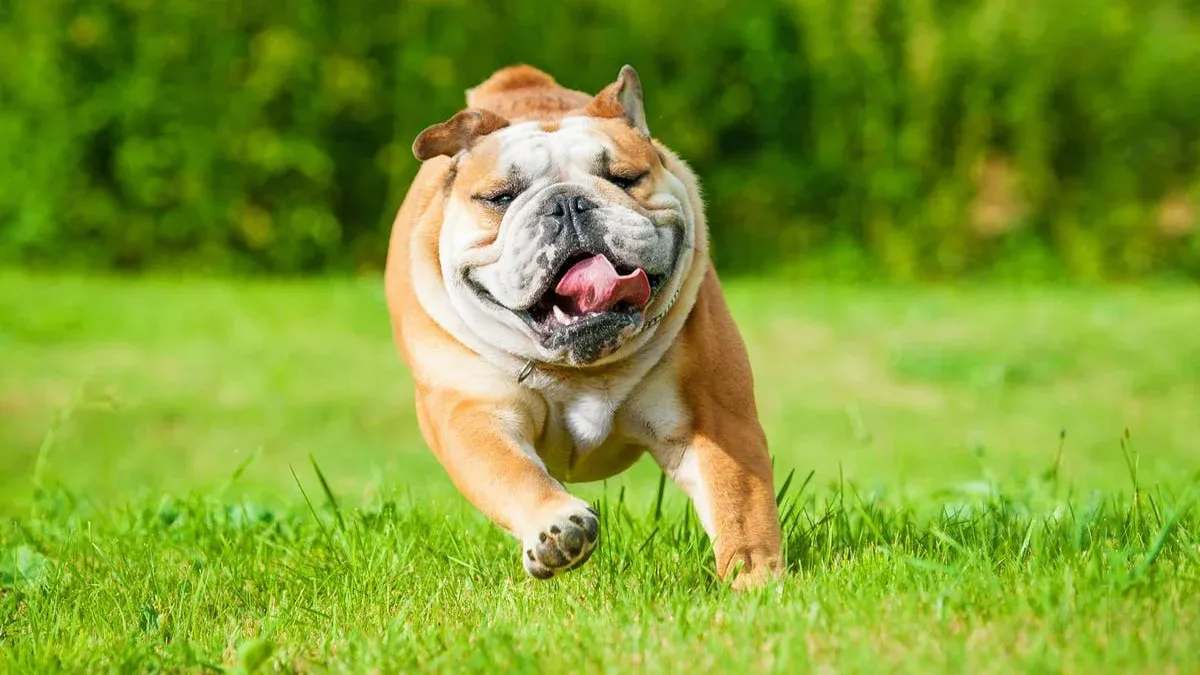
Your veterinarian will perform a physical examination and may recommend diagnostic tests such as blood work, X-rays, or an electrocardiogram to determine the underlying cause of your dog's panting. Early detection and treatment of underlying health problems can prevent complications and improve your dog's quality of life.
In conclusion, identifying abnormal panting in dogs is crucial for maintaining their health and well-being. By observing your dog's panting behavior and seeking veterinary care when necessary, you can ensure that your furry friend receives the care they needs to live a happy and healthy life.
Managing and Reducing Excessive Panting
Excessive panting in dogs can be frustrating for pet owners and uncomfortable for the dog. Luckily, there are various ways to manage and reduce excessive panting.
Environmental Adjustments
One way to manage excessive panting is to make some environmental adjustments. Here are some tips:
- Keep your dog in a cool and well-ventilated area to prevent overheating.
- Provide plenty of fresh water to keep your dog hydrated.
- Avoid exercising your dog during the hottest parts of the day.
- Use a cooling mat or vest to help regulate your dog's body temperature.
Behavioral Techniques
Another way to manage excessive panting is to use behavioral techniques. Here are some tips:
- Teach your dog to relax on command to help reduce stress and anxiety.
- Use positive reinforcement techniques to encourage calm behavior.
- Provide plenty of mental and physical stimulation to keep your dog occupied and prevent boredom.
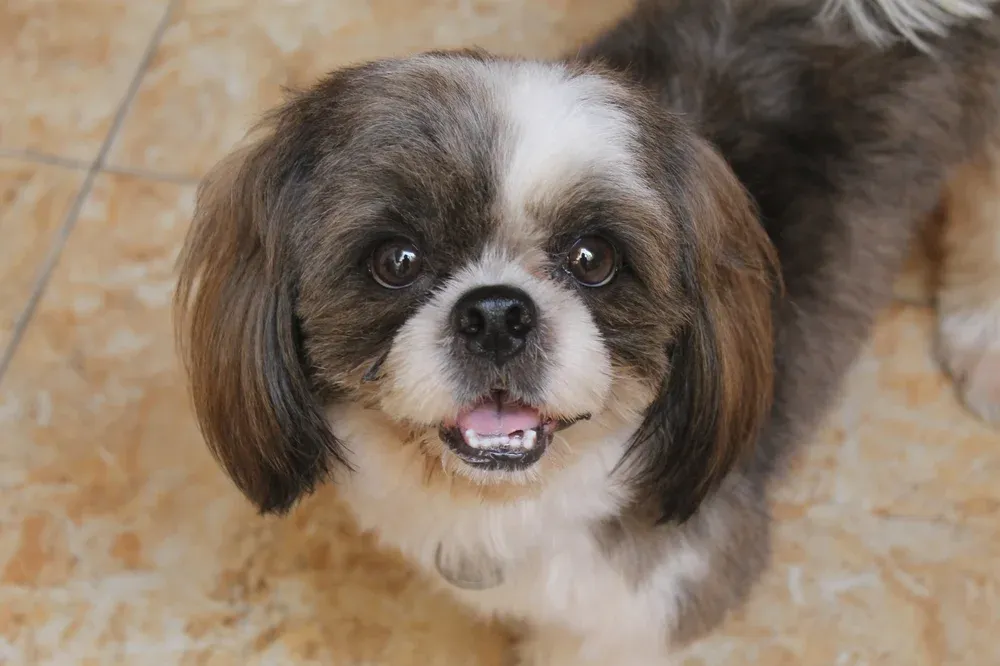
Medical Interventions
If environmental adjustments and behavioral techniques do not help manage excessive panting, medical interventions may be necessary. Here are some options:
- Medications: Various medications can help reduce panting, including anti-anxiety medications and medications that treat underlying medical conditions.
- Surgery: In some cases, surgery may be necessary to correct underlying medical conditions that are causing excessive panting.
- Oxygen therapy: In severe cases, oxygen therapy may be necessary to help your dog breathe more easily.
It is important to consult with a veterinarian to determine the best course of action for managing and reducing your dog's excessive panting.
Conclusion:
In conclusion, understanding why your dog pants excessively is crucial for their well-being and your peace of mind. While panting is a normal behavior for dogs, excessive panting could signal an underlying issue that requires attention. By addressing the root cause, whether it's related to heat regulation, anxiety, pain, or an underlying health condition, you can ensure your furry friend stays healthy and happy. So, "Why Does My Dog Pant So Much?" Delving into the reasons behind excessive panting empowers you to provide the necessary care and support for your beloved canine companion.
Regular veterinary check-ups are essential to monitor your dog's overall health and catch any potential problems early on. Additionally, providing a comfortable environment with adequate ventilation and hydration can help alleviate excessive panting, especially in hot weather or stressful situations.
Furthermore, maintaining a healthy weight through proper diet and regular exercise can contribute to your dog's overall well-being and reduce the likelihood of excessive panting. Remember to observe your dog's behavior closely and consult with your veterinarian if you notice any changes or concerns.
By staying informed and proactive, you can better address the question, "Why does my dog pant so much?" and ensure a high quality of life for your beloved canine companion.
Frequently Asked Questions
- What causes excessive panting in dogs while they are at rest?
- Excessive panting in dogs while they are at rest can be caused by various factors. It can be due to an underlying medical condition such as heart or lung disease, heatstroke, or pain. It can also be a symptom of anxiety or stress, especially if the dog is panting along with other signs of anxiety such as pacing or whining.
- How can I determine if my dog's panting is due to anxiety or illness?
- It can be difficult to determine if your dog's panting is due to anxiety or illness. However, if your dog is panting along with other signs of anxiety such as pacing, trembling, or hiding, it may be due to anxiety. On the other hand, if your dog is panting excessively and showing signs of distress such as lethargy, loss of appetite, or coughing, it may be due to an underlying medical condition.
- What should I do if my dog is panting heavily and won't settle down?
- If your dog is panting heavily and won't settle down, it is important to take them to a veterinarian immediately. This could be a sign of a serious medical condition such as heatstroke or heart disease. In the meantime, you can help your dog by providing them with cool water to drink and a cool, shaded area to rest in.
- At what point is panting in older dogs considered abnormal and a cause for concern?
- Panting in older dogs can be normal, especially during hot weather or after exercise. However, if your older dog is panting excessively and showing signs of distress such as lethargy, loss of appetite, or coughing, it may be a cause for concern. It is important to take your dog to a veterinarian to determine the underlying cause of the panting.
- Is it normal for a dog to pant excessively after minimal activity?
- It is not normal for a dog to pant excessively after minimal activity. This could be a sign of an underlying medical condition such as heart or lung disease. It is important to take your dog to a veterinarian to determine the underlying cause of the panting.
- How can I help my dog if they are panting excessively at night?
- If your dog is panting excessively at night, you can help them by providing them with a cool, comfortable sleeping area. You can also try using a fan or air conditioning to keep the room cool. If the excessive panting persists, it is important to take your dog to a veterinarian to determine the underlying cause.
